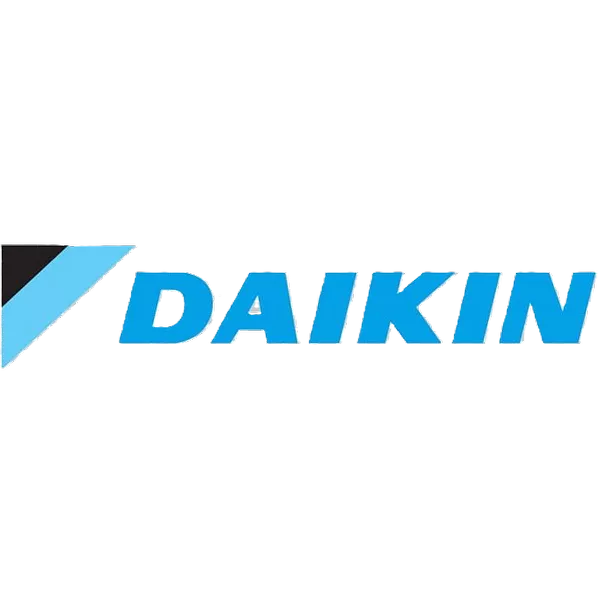Highlights
Price Snapshot: Mid to premium, depending on series and features.
Product Focus: Strong in Air-Source Heat Pumps and inverter tech; also offers furnaces and central AC.
Best For: All-electric or efficiency-focused homes that want variable-speed comfort and low noise.
What Stands Out: Mature inverter platforms, quiet outdoor units, and broad heat-pump expertise (including cold-climate lines).
Before You Buy: Use an installer experienced with inverter commissioning; check refrigerant platform and local code requirements.
Warranty/Dealer: Global brand with a growing U.S. network; verify local parts/service access and labor coverage.
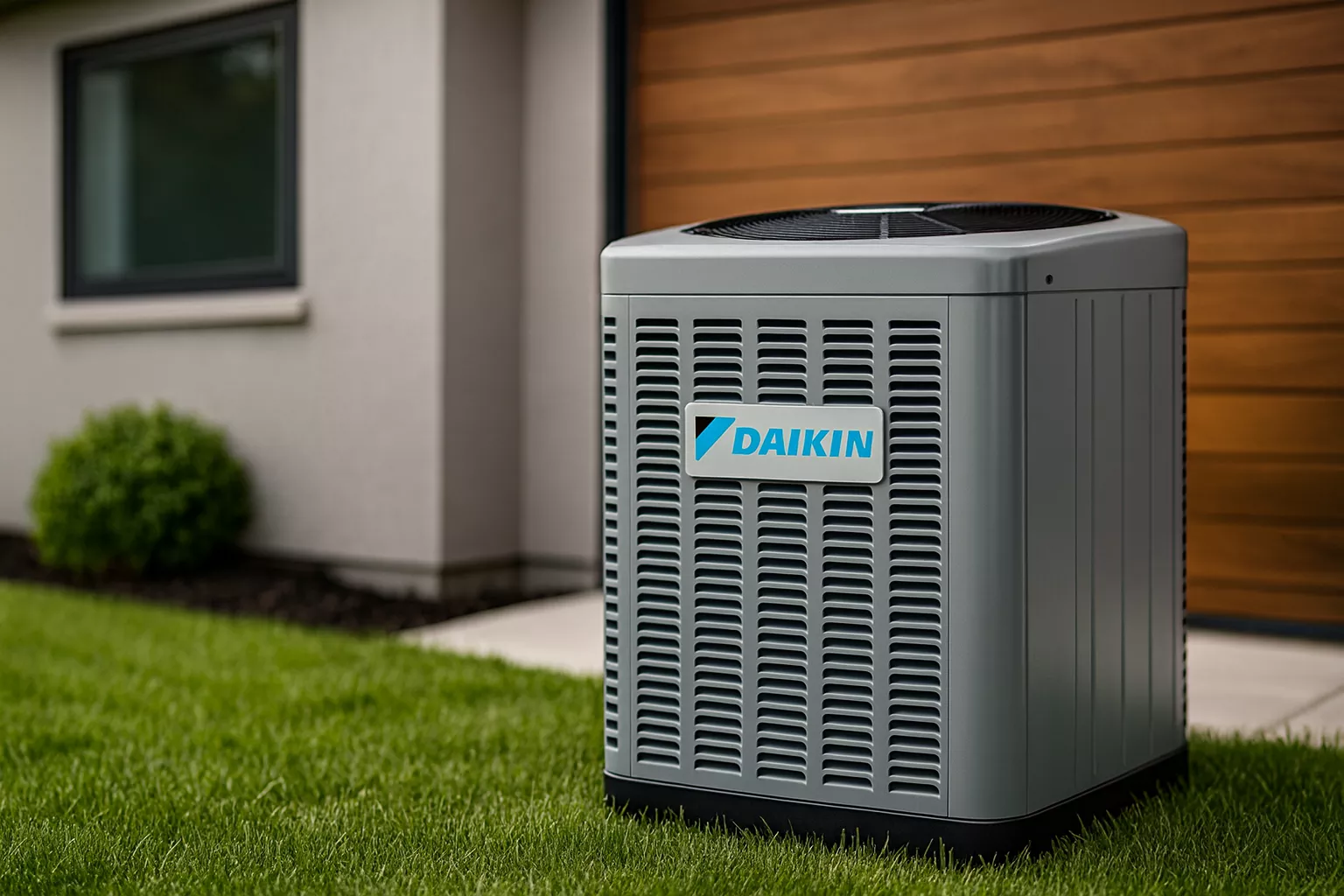
As the world’s largest HVAC manufacturer, Daikin brings a global engineering pedigree to the U.S. residential market. Known worldwide for its ductless mini-split systems, Daikin has also invested heavily in its residential ducted lineup, blending the reliability of American furnace traditions with advanced inverter-driven cooling and heating technologies.
For this review, I’m focusing on three flagship models from Daikin’s current catalog: the DM97MC Modulating Gas Furnace, the DX9VC Air Conditioner, and the DZ9VC Heat Pump. Together, they showcase how Daikin applies its international expertise—variable-speed compressors, precise modulation, and advanced comfort controls—to traditional U.S. home HVAC systems.
In my field experience, Daikin systems often appeal to tech-forward homeowners who value cutting-edge efficiency and smart features, but also want dependable heating and cooling that fits seamlessly into ducted homes.
Product Selection
4.4 /5
Daikin offers a wide global catalog, but in the U.S. residential ducted market, its portfolio is streamlined to focus on high-efficiency gas furnaces, air conditioners, and heat pumps. The DM97MC furnace, DX9VC AC, and DZ9VC heat pump represent the top end, while the lineup also includes more affordable two-stage and single-stage models under the same family.
Compared to Carrier or Lennox, Daikin’s U.S. ducted lineup is slightly smaller in scope, but the brand offsets this by offering one of the most extensive ductless and VRV/VRF portfolios worldwide. For homeowners sticking with ducted systems, Daikin provides more than enough variety to cover different efficiency needs and budgets, while also having the flexibility to expand into ductless if needed.
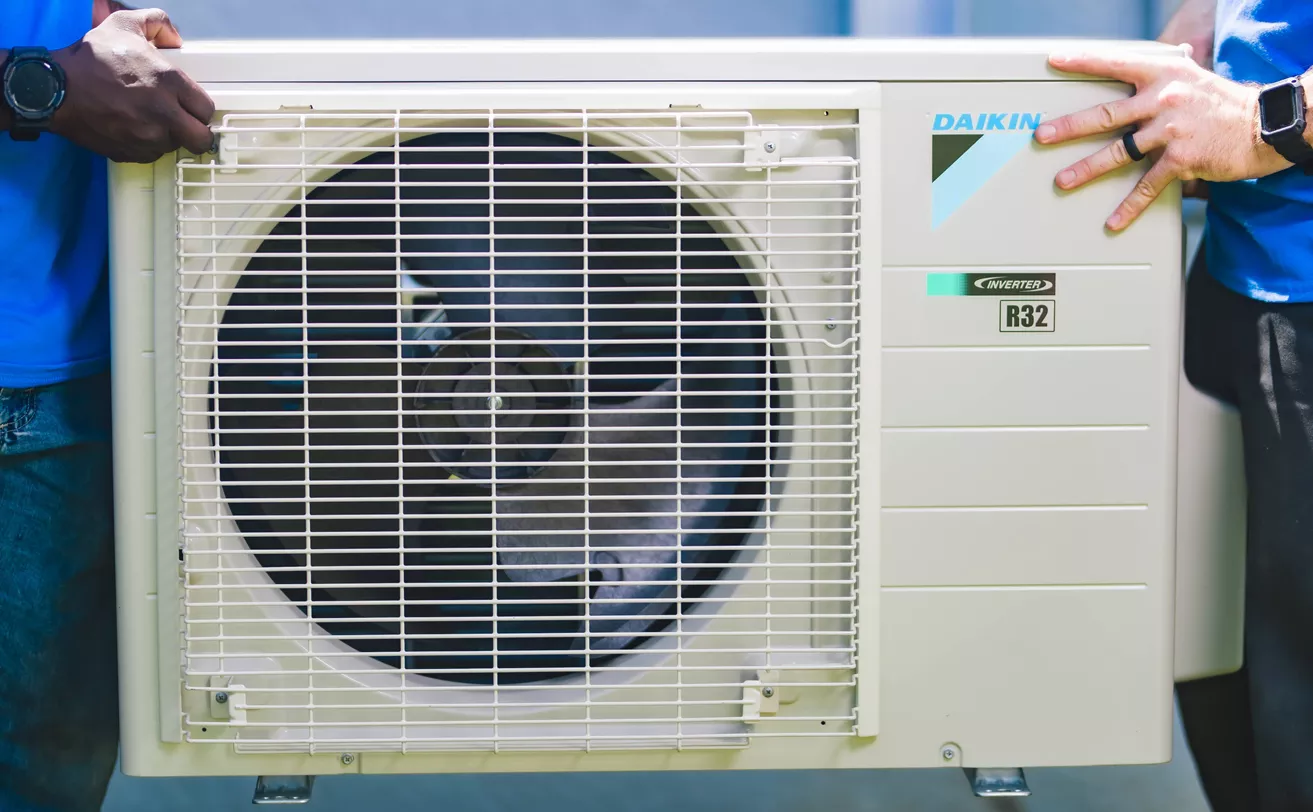
Customer Support & Warranty
4.6 /5
Daikin sets itself apart with longer warranties than the industry norm. Most flagship products include a 12-year parts limited warranty, and in many cases, a 12-year unit replacement warranty on major failures like compressors or heat exchangers. This puts it ahead of brands offering only 10 years.
Homeowners I’ve worked with appreciate the peace of mind this provides. Warranty service is generally smooth through Daikin Comfort Pros, though in some markets the dealer network is smaller, which can mean fewer choices. Still, in terms of coverage and reliability, Daikin sits comfortably among the top warranty providers in HVAC.

Energy Efficiency
4.7 /5
Efficiency is where Daikin shines, thanks to its global expertise in inverter technology. The DX9VC and DZ9VC both leverage variable-speed compressors to achieve up to 19 SEER2 ratings, and the DM97MC furnace tops out at nearly 98% AFUE. This places Daikin firmly in the premium efficiency tier, though not at the extreme top-end of the market.
In real-world installs, homeowners I’ve worked with typically report 20–30% drops in seasonal energy bills after replacing older 12–14 SEER systems with Daikin’s variable-capacity lineup. ComfortBridge™ and ComfortNet™ controls also contribute by fine-tuning system operation for maximum efficiency without sacrificing comfort. Compared to Goodman or Amana, Daikin usually sits one notch higher in technology deployment, emphasizing global R&D and innovation.
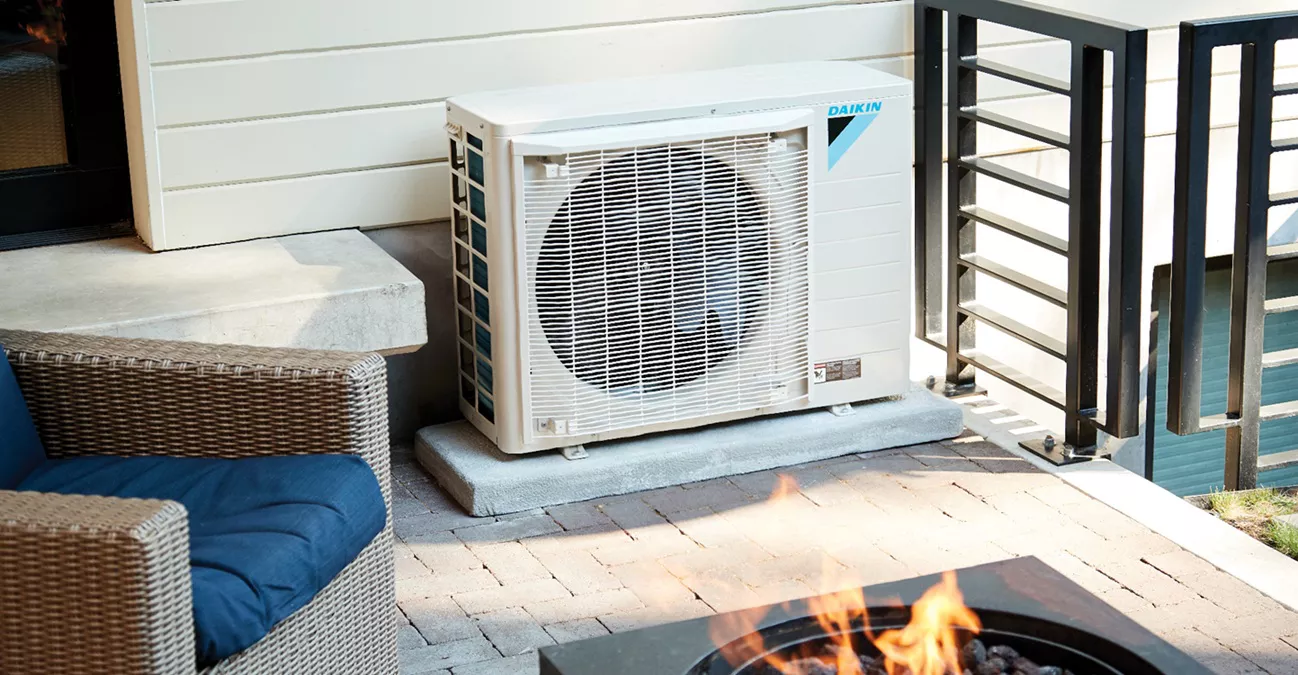
Smart Features & Connectivity
4.5 /5
Daikin places a strong emphasis on smart controls, and it shows. The ComfortNet™ communicating system allows the DM97MC furnace, DX9VC AC, and DZ9VC heat pump to coordinate seamlessly, adjusting fan speeds, compressor stages, and airflow automatically based on real-time conditions. Homeowners can monitor performance, set schedules, and receive alerts via the Daikin One+ Smart Thermostat, which is one of the more polished control systems I’ve worked with.
The Daikin One+ goes beyond basic scheduling—it includes indoor air quality monitoring, humidity control, and geofencing so the system adjusts as you come and go. In my field installs, customers really like the sleek glass-front thermostat and the responsive app. Compared to Goodman’s ComfortBridge, Daikin’s ecosystem feels more premium and tightly integrated. While it may not have the absolute breadth of third-party integrations that ecobee or Nest enjoy, for homeowners who want a branded, unified smart experience, Daikin delivers one of the best packages.
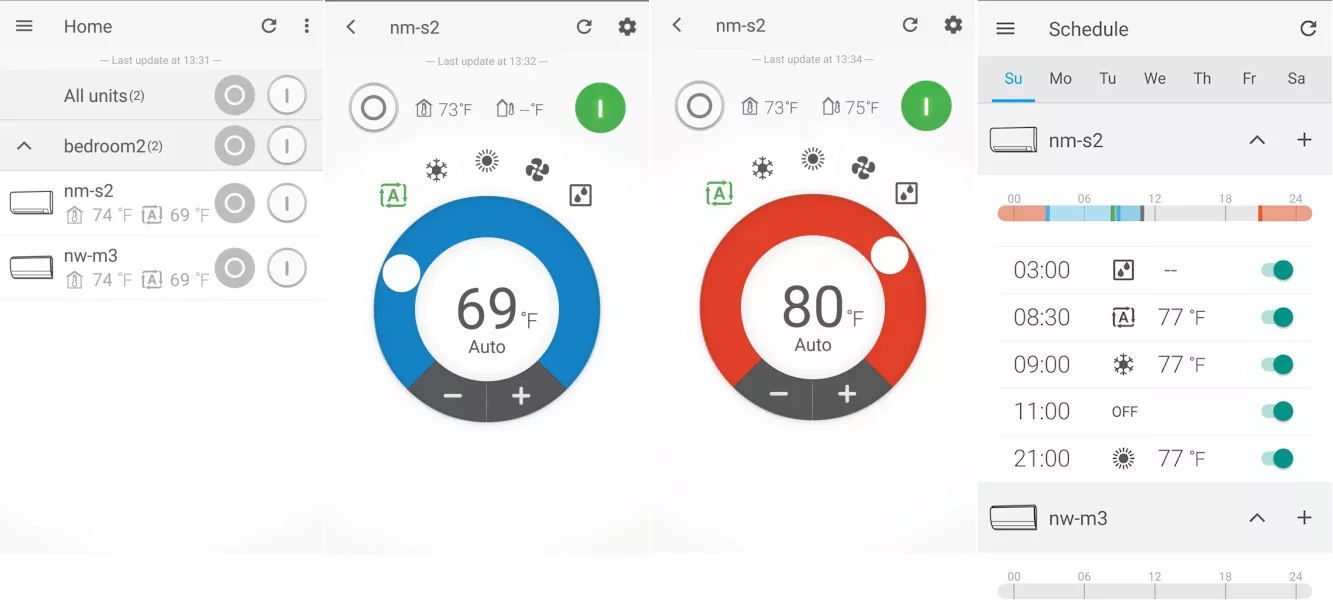
Noise Level
4.3 /5
Noise control on Daikin’s inverter-driven DX9VC and DZ9VC models is good, though not the quietest in the market. Outdoor units typically operate in the 58–65 dB range depending on load, which is significantly quieter than single-stage systems but slightly above ultra-premium Lennox or Trane variable-speed flagships.
Indoors, the DM97MC furnace’s variable-speed blower reduces startup and shutdown noise, allowing airflow to ramp up gradually. Homeowners often describe the system as “quiet enough to forget,” though particularly noise-sensitive households may find competitors a notch quieter. Overall, Daikin delivers respectable sound levels, but silence is not its standout feature—it’s the balance of steady comfort and smooth operation that wins homeowners over.

Cost & Affordability
4.2 /5
Daikin sits in the upper mid-range to premium tier when it comes to pricing. The DM97MC furnace and DX9VC/DZ9VC inverter units are not bargain systems—they cost more than Goodman or Amana—but they come with advanced controls, inverter technology, and stronger warranties that justify the difference.
In real-world installs, homeowners often tell me they feel Daikin systems strike a good balance: not the most expensive (like Lennox Signature units), but clearly above entry-level competitors in performance and polish. Over a 10–15 year lifespan, the higher upfront cost is often offset by lower energy bills and longer component life, especially when paired with the 12-year warranty coverage.
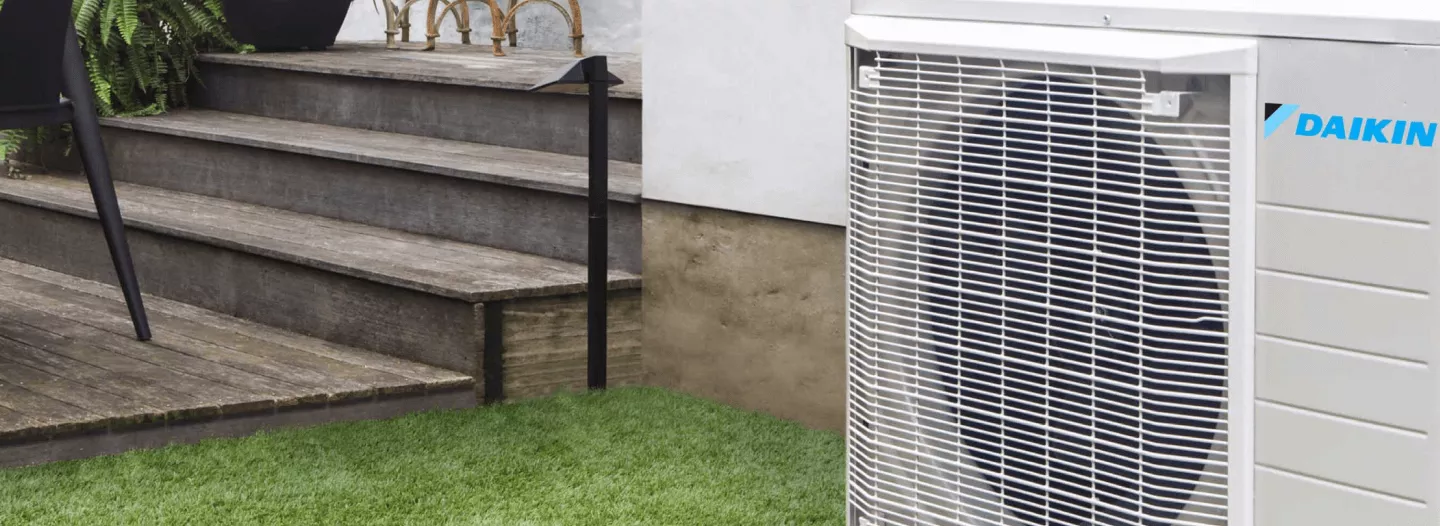
Reliability & Durability
4.4 /5
Daikin’s build quality is strong, with heavy-gauge cabinets, baked-on powder coatings, and stainless-steel heat exchangers in the DM97MC furnace. The inverter compressors used in the DX9VC and DZ9VC are globally proven designs—used across Daikin’s extensive lineup of ductless and VRV systems—so reliability is generally solid.
In my experience, the biggest factor is installer familiarity. Some U.S. contractors are more comfortable with legacy brands like Trane or Carrier, and may not have the same training for Daikin’s inverter systems. When installed by experienced Daikin dealers, these systems perform reliably with minimal downtime. The 12-year parts warranty, longer than the 10-year industry standard, underscores Daikin’s confidence in durability.
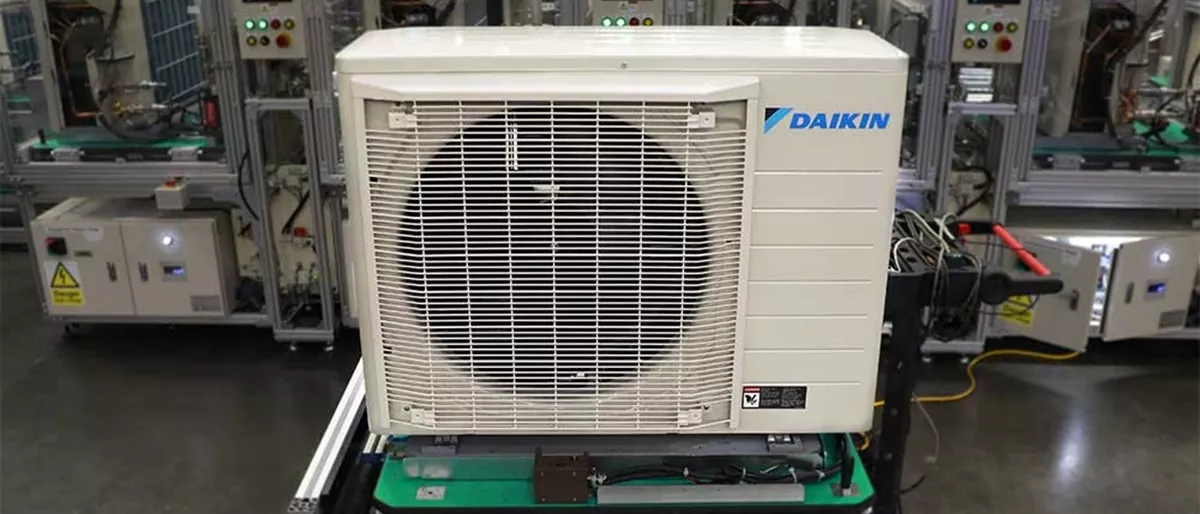
Cooling Performance
4.6 /5
The DX9VC Air Conditioner is one of Daikin’s top-tier cooling systems, boasting up to 19 SEER2 efficiency with an inverter-driven, variable-capacity compressor. This design allows the unit to run at partial capacity for most of the day, adjusting output in small increments to maintain steady indoor conditions. Compared to single-stage or even two-stage systems, the DX9VC delivers noticeably smoother cooling, reducing both temperature fluctuations and humidity levels.
In humid climates, I’ve observed this unit pull moisture steadily out of the air, leaving rooms cooler and less clammy even at slightly higher thermostat setpoints. Homeowners frequently tell me they enjoy the “invisible comfort” of the DX9VC—it doesn’t blast cold air, it just keeps the house at the right temperature consistently. While it doesn’t quite hit the 26+ SEER2 numbers of Lennox’s efficiency kings, it provides an excellent balance of performance and long-term value.

Heating Performance
4.6 /5
The DM97MC Gas Furnace represents Daikin’s heating flagship, achieving up to 98% AFUE. It uses a modulating gas valve and variable-speed ECM blower to maintain even heat output, which translates into longer, quieter cycles and steadier indoor comfort. In colder climates, I’ve found that this furnace performs as reliably as premium competitors like the Carrier Infinity or Trane XC95, delivering heat without sudden drafts or hot-and-cold swings.
The DZ9VC Heat Pump adds year-round versatility, providing heating in moderate climates with up to 9 HSPF2 efficiency. Homeowners in the South or mid-Atlantic often find that this heat pump covers nearly the entire heating season without relying on auxiliary strips. It doesn’t outperform cold-climate specialists like Mitsubishi or Bosch, but in typical U.S. winters, it offers reliable, cost-effective heat.
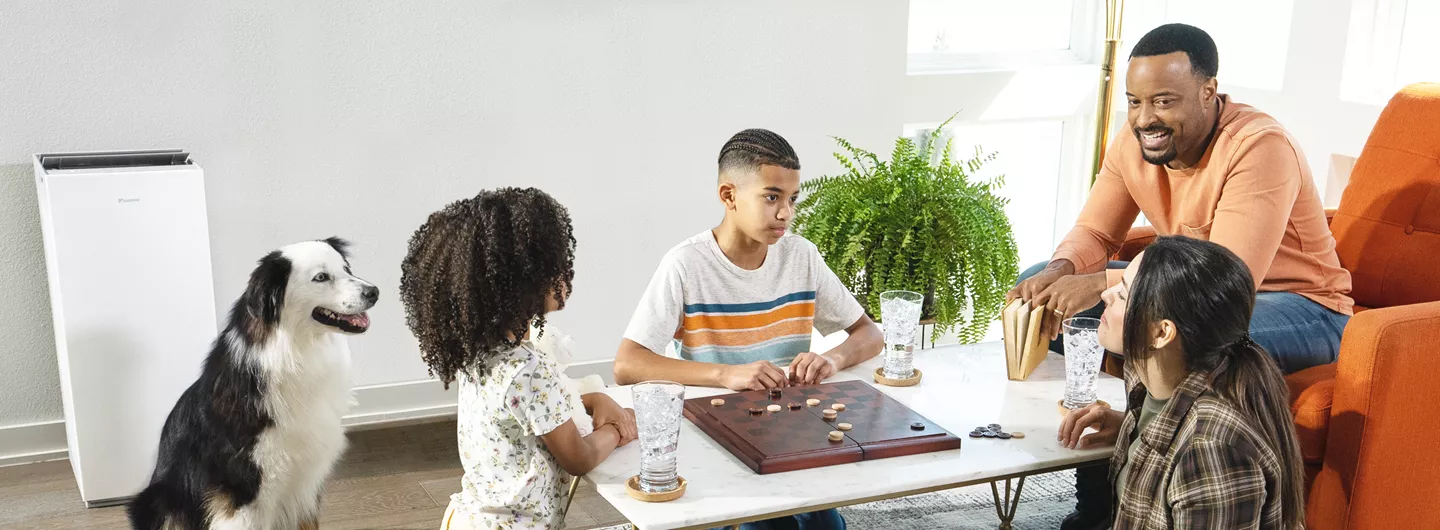
Indoor Air-Quality Enhancements
4.3 /5
Daikin approaches indoor air quality (IAQ) with a balance of built-in design and optional accessories. The Daikin One+ thermostat integrates with IAQ systems to monitor VOCs, CO?, humidity, and particulates in real-time—something few competitors provide out of the box. The furnaces and air handlers support high-MERV filters, UV lights, and humidifiers/dehumidifiers, which are fairly standard across the industry.
I’ve installed systems where homeowners noticed less dust accumulation and fewer allergy flare-ups after adding Daikin’s IAQ upgrades. That said, compared to Lennox’s PureAir™ or Carrier’s Infinity Air Purifier, Daikin doesn’t market a single branded flagship purifier. Instead, it provides an open, modular approach—effective, but less turnkey. Still, the IAQ monitoring in the One+ thermostat is a unique edge that gives homeowners visibility into their indoor air quality.
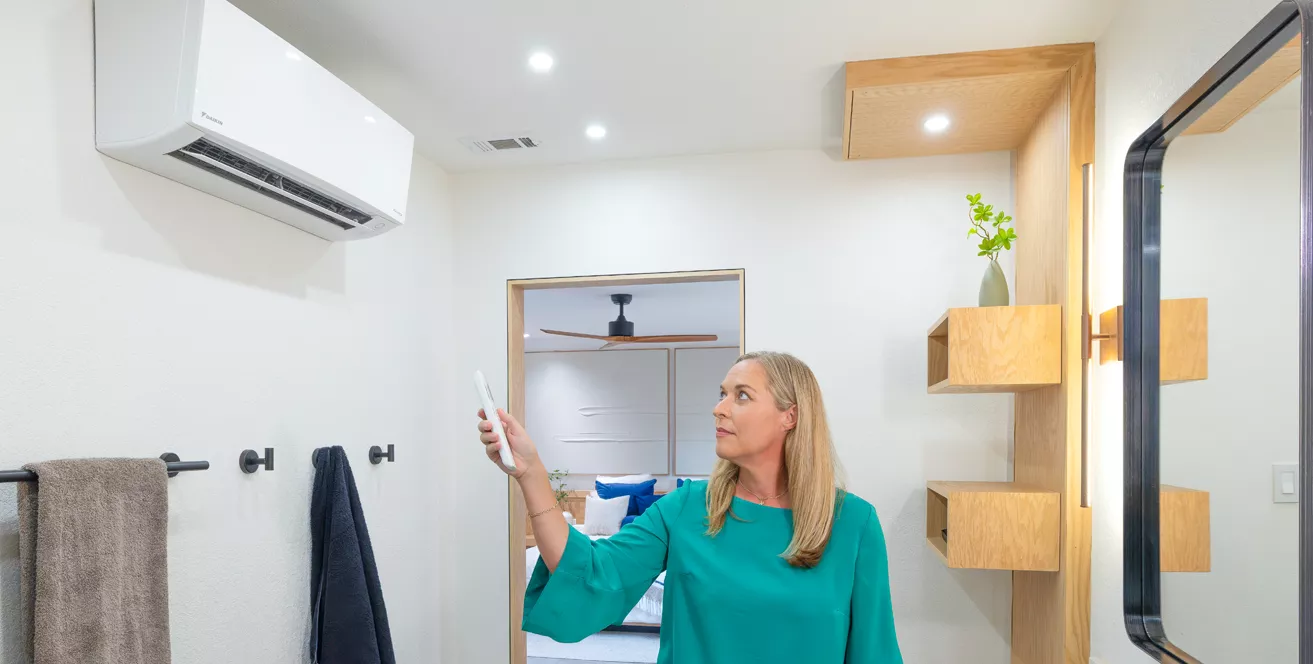
Installation & Serviceability
4.2 /5
Daikin’s inverter-driven systems perform beautifully when installed correctly, but they are more sensitive to installation quality than simpler single-stage equipment. The DX9VC and DZ9VC require proper refrigerant charging and sizing for optimal performance, and contractors must be comfortable with inverter-driven systems. I’ve seen flawless installs run with exceptional efficiency, but poorly sized installs lead to performance complaints.
On the service side, Daikin provides clear wiring diagrams, modular components, and diagnostic tools that make troubleshooting easier once technicians are trained. The Daikin Comfort Control App also helps contractors view system performance remotely, which can speed up diagnostics. Still, Daikin’s U.S. dealer network is not as dense as Trane or Carrier, meaning availability of skilled installers varies by region. When paired with an experienced dealer, Daikin is excellent—but training matters.
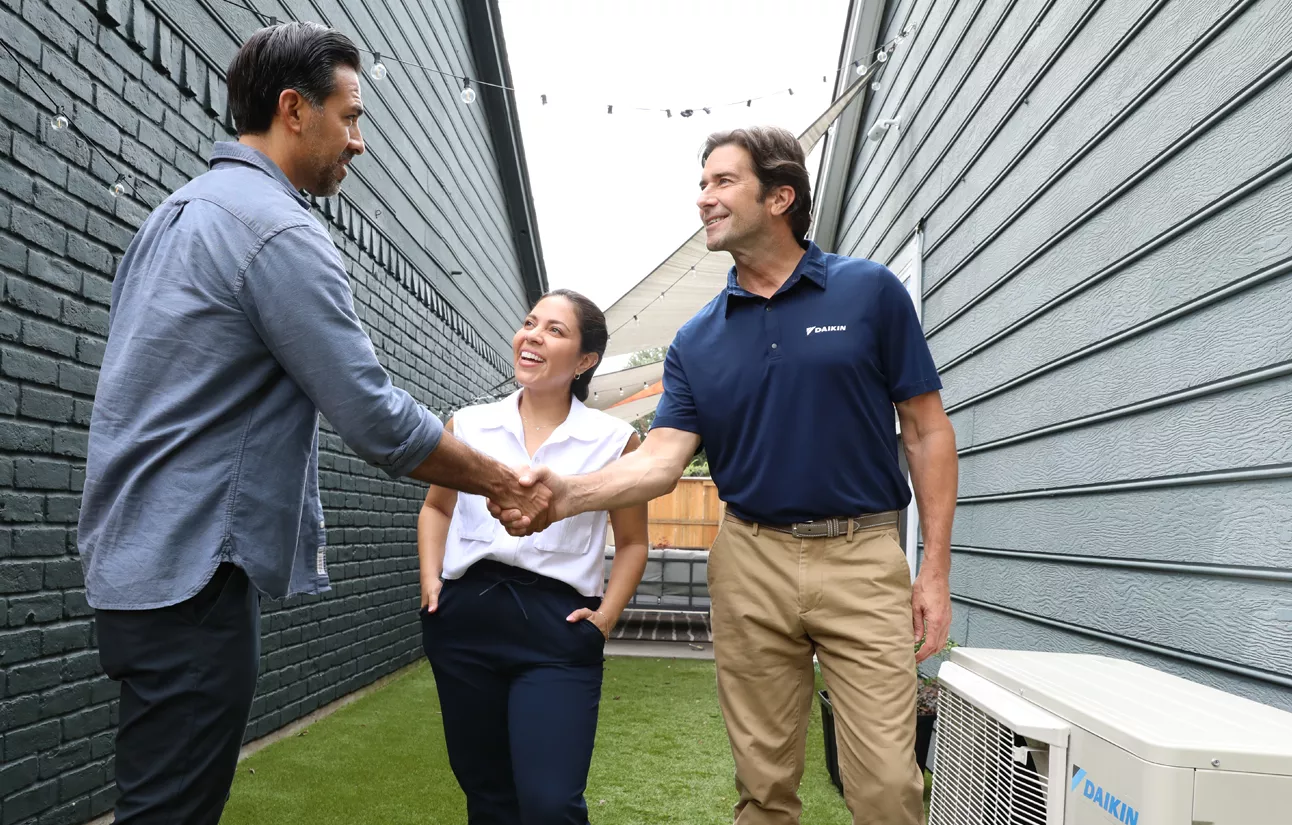
Conclusion
The Daikin DM97MC Furnace, DX9VC Air Conditioner, and DZ9VC Heat Pump represent the brand’s premium offering in the U.S. ducted HVAC space. They bring together global inverter expertise, high efficiency, strong reliability, and some of the best smart controls in the industry. While they require skilled installers for best results and may not have the absolute ultra-quiet operation of Lennox or Trane, Daikin’s combination of performance, technology, and warranty protection makes it a standout choice for homeowners who want a future-ready HVAC system.

